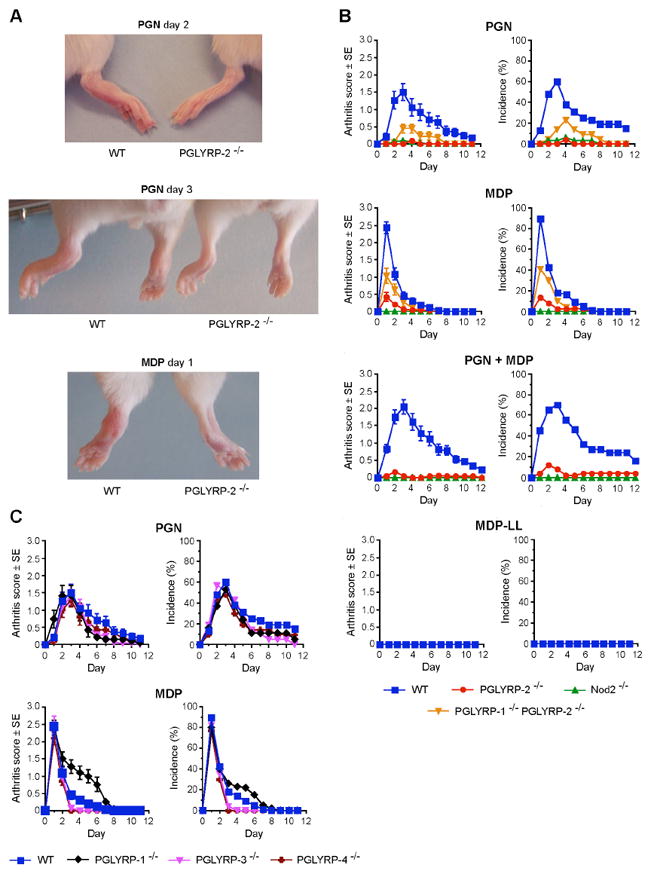Figure 1. PGLYRP-2 and Nod2 are required for the development of peptidoglycan- or MDP-induced acute arthritis.

(A) Swelling and erythema of ankles and feet in WT, but not in PGLYRP-2-/- mice after intravenous injection of 200 μg of peptidoglycan (PGN) or 100 μg of MDP. (B) and (C) Arthritis scores and incidence in WT or KO mice after intravenous injection of 200 μg of PGN, 100 μg of MDP, or both PGN and MDP; means ± SE of 19-76 mice/group. Arthritis scores and incidence were significantly higher in: PGN-injected, MDP-injected, and PGN+MDP-injected WT than PGLYRP-2-/- mice and Nod2-/- mice; in PGN-injected and MDP-injected WT than PGLYRP-1-/-PGLYRP-2-/- mice; and also in PGN-injected and MDP-injected PGLYRP-1-/-PGLYRP-2-/- than PGLYRP-2-/- mice (B). Arthritis scores and incidence were not significantly different in PGN-injected or MDP-injected WT than PGLYRP-1-/-, PGLYRP-3-/-, and PGLYRP-4-/- mice, except for PGLYRP-1-/- mice, which after MDP injection had significantly higher scores than WT mice (C). The P values for the significance of all the above differences are listed in Supplemental Data.
